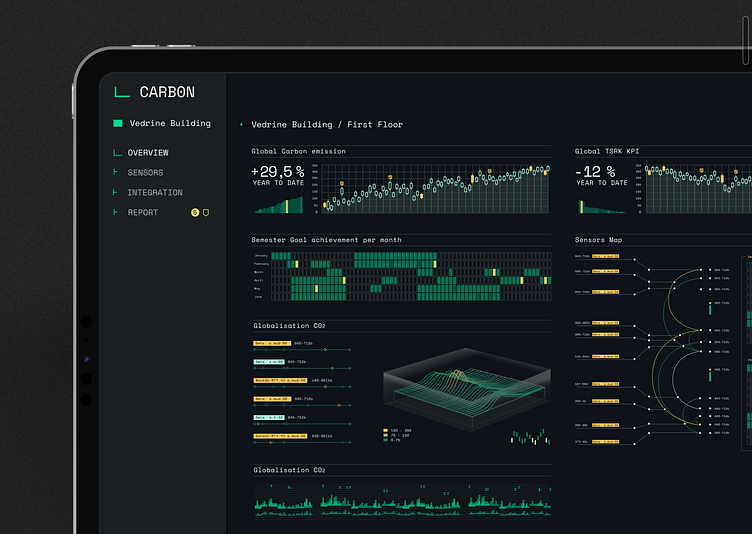Carbon__
Values
Eco-design touches on a significant part of my values and aspirations in my design practice: Finding the essence without eliminating poetry, maintaining cleanliness and freedom without sterilizing them.
Kenya Hara in "Designing Design" says on this matter: "Excess information has plunged us into uncertainty. Knowledge no longer acts as a tool capable of making us think. The accumulated information is like seeds that cannot sprout and deteriorate as long as we do not know if they are still alive or already dead."
This desire to combat this excess of information is undoubtedly one of the reasons that made wabi-sabi, an aesthetic derived from Zen, the fundamental principle of Japanese graphic design that I particularly appreciate.
Wabi-sabi is intuitive, perceptual, allusive, and offers sketched forms and lines. Western modernism, on the other hand, is rational, logical, and functional, proposing clear and precise geometric lines.
Instead of opposing them, the good can be found in these two philosophies.
Nevertheless, in the coming years, designers will have the challenge of proposing aesthetics that are sustainable, eco-designed, but also sensitive and unique.
The advent of generative AI offers us the opportunity to redefine what drives us as designers and to dive back into the quest for a pure and genuine aesthetic that led us one day to pick up pens and paper to imagine solutions.






